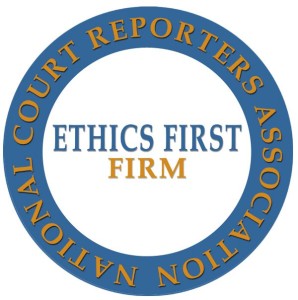The Way You Edit a Video Deposition Can Make or Break Your Case
You may have considered just “hitting play” on your client’s recorded deposition on the day of the hearing. After all, everything he says is supportive to your case—and when it comes to good evidence, more is more, right? Not always. There are many reasons why it may actually be beneficial to your client and your case to edit video depositions prior to trial.
Tips for Editing a Long Video Deposition
While it may seem unnecessary—or even unethical—to edit your client’s testimony, many times edits are made purely due to time constraints. When you re-watch your client’s testimony, consider the following ways you can help present the testimony in court:
- Keep it short. Most testimony videos are 20 minutes or less, and for good reason. Juries would rather watch a video than listen to pages of testimony, but they will still tire after just a few minutes of watching a witness answer questions.
- Remove objections. The easiest way to save both time and confusion is to edit out any objections or non-essential conversations between attorneys.
- Say it fast, say it first. Your most important questions and responses should be shown first, regardless of where they are placed on the recording. You want to give the jury the best chance of remembering vital evidence, and burying in within an hour of testimony is not going to help your case.
- Jump around. The evidence in a case does not have to be presented chronologically, and for good reason. Witnesses may begin speaking on one topic before transitioning into another, as people may do in conversation. If a witness brings up a vital point about his accident during a question about his medical history, the response may be grouped into a separate area of testimony.
One of the best ways to choose which elements to include (and how to arrange them) is by watching the video while following along on a paper copy of the transcript. This will save you hours of editing by allowing you to mark the start and stop of each video clip, down to the specific words your client uses.
There are many ways to enhance a video deposition for easier viewing, such as adding transitions, inserting track breaks for easier navigation, and adding subtitles when responses are unclear. Our videography team can help you create a video that captures your client’s best testimony; learn more about how our video deposition services can benefit your clients and your case.

